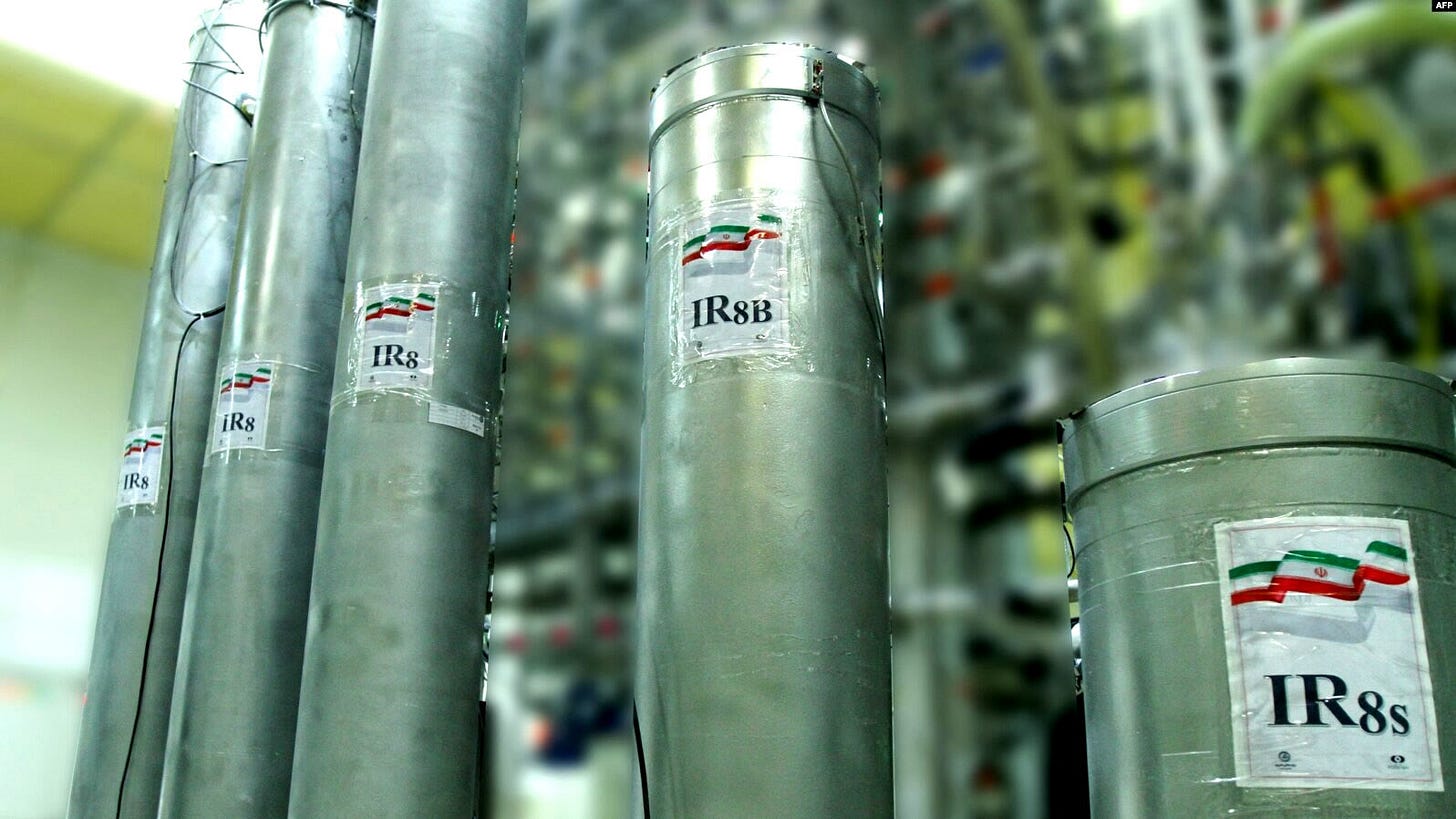U.S. Strikes on Iranian Nuclear Sites: Damage and Uranium Movement Analysis
Insufficient evidence prevents a definitive judgment on whether the U.S. strikes fully destroyed Iran’s nuclear facilities or whether enriched uranium was relocated beforehand.
US/IRAN — On June 22, 2025, U.S. B-2 bombers struck Iranian nuclear facilities at Fordow, Natanz, and Isfahan, prompting divergent accounts about the operation’s impact and Iran’s handling of its enriched uranium stockpile.
Keep reading with a 7-day free trial
Subscribe to The Standeford Journal - News, Intel Analysis to keep reading this post and get 7 days of free access to the full post archives.





